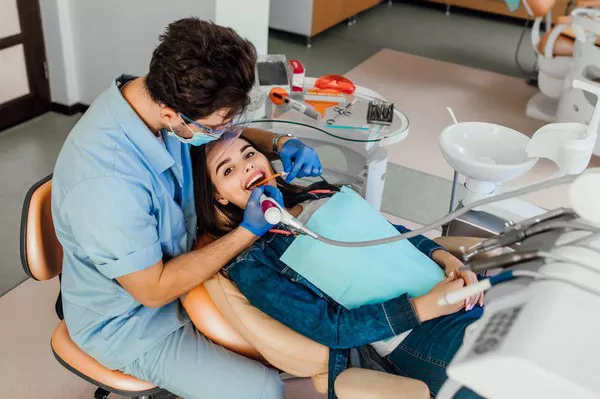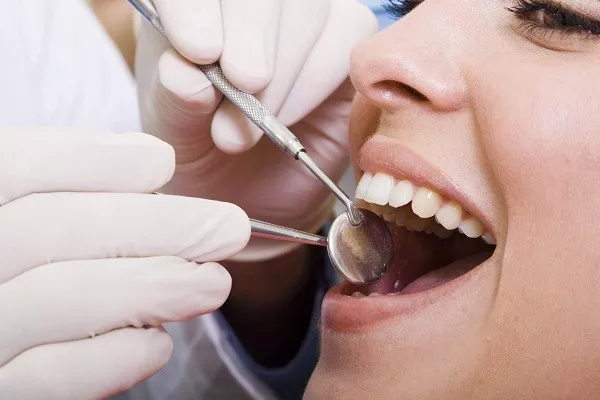Wisdom teeth removal, a common dental procedure, often leaves individuals facing dietary challenges during recovery. Proper nutrition is crucial for healing and minimizing discomfort post-surgery. Whether you’ve recently had your wisdom teeth removed or are preparing for the procedure, understanding how to eat wisely can significantly contribute to a smooth recovery process.
Here’s a detailed guide on how to navigate eating after wisdom teeth removal:
1. Immediate Post-Surgery Period (First 24-48 Hours)
Stick to soft foods: During the initial phase of recovery, focus on consuming foods that require minimal chewing to avoid irritating the surgical site. Opt for smoothies, yogurt, mashed potatoes, soups (avoid hot temperature), applesauce, and pudding.
Avoid hot and spicy foods: Heat and spices can aggravate the surgical area, causing discomfort and potentially interfering with healing. Stick to lukewarm or cool foods and beverages.
Stay hydrated: It’s essential to stay hydrated after surgery to aid in the healing process and prevent dehydration. Drink plenty of water and avoid using straws, as sucking motions can dislodge blood clots and impede healing.
2. Transitioning to Semi-Solid Foods (2-7 Days Post-Surgery)
Gradually reintroduce firmer foods: As swelling and discomfort decrease, slowly incorporate semi-solid foods into your diet. This includes scrambled eggs, oatmeal, mashed vegetables, and soft fruits like bananas or avocados.
Chew carefully: While you may begin to introduce slightly more textured foods, it’s crucial to chew slowly and carefully, avoiding the surgical sites to prevent irritation or injury.
Continue hydration: Maintain adequate hydration by consuming water and electrolyte-rich beverages. Avoid alcohol and caffeine during this phase, as they can interfere with healing and may cause discomfort.
3. Returning to a Regular Diet (1-2 Weeks Post-Surgery)
Resume normal eating habits cautiously: After the first week, you can gradually reintroduce a wider variety of foods into your diet. Start with small, easily chewable portions and monitor how your mouth responds.
Choose soft, easy-to-chew options: While you may be eager to return to your regular diet, prioritize softer foods that won’t strain your jaw or irritate the surgical sites. Steer clear of hard, crunchy, or sticky foods that could potentially dislodge blood clots or cause pain.
Maintain oral hygiene: Brush your teeth gently after meals and rinse your mouth with salt water to keep the surgical area clean and promote healing. Avoid vigorous rinsing or spitting, as this can disrupt blood clots and lead to complications.
4. Long-Term Dietary Considerations
Avoid certain foods: Even after your mouth has fully healed, it’s advisable to steer clear of hard, crunchy, or sticky foods that could potentially cause discomfort or damage to your teeth. Additionally, limit spicy or acidic foods that may irritate sensitive gums.
Continue practicing good oral hygiene: Brush and floss regularly to prevent infection and maintain overall oral health. Attend follow-up appointments with your dentist or oral surgeon to monitor your progress and address any concerns.
Consider dietary supplements: If you’re unable to consume a balanced diet due to dietary restrictions or difficulties chewing, speak with your healthcare provider about supplement options to ensure you’re getting essential nutrients.
Conclusion
In conclusion, proper nutrition plays a crucial role in the recovery process after wisdom teeth removal. By following these guidelines and listening to your body’s cues, you can navigate the post-surgery period with ease and promote optimal healing. Remember to prioritize soft, easy-to-chew foods, stay hydrated, and maintain good oral hygiene throughout the recovery process. With patience and mindful eating, you’ll be back to enjoying your favorite meals in no time.
This comprehensive guide aims to equip you with the knowledge and tools necessary to make informed dietary choices during this period of healing. By following these recommendations, you can minimize discomfort, reduce the risk of complications, and support your body’s natural healing process. If you have any concerns or experience persistent pain or swelling, don’t hesitate to consult your healthcare provider for further guidance.
What Do Your Gums Look Like After Wisdom Teeth Removal
What To Do After Getting Wisdom Teeth Out
How Long Does Wisdom Teeth Removal Take For All 4





























